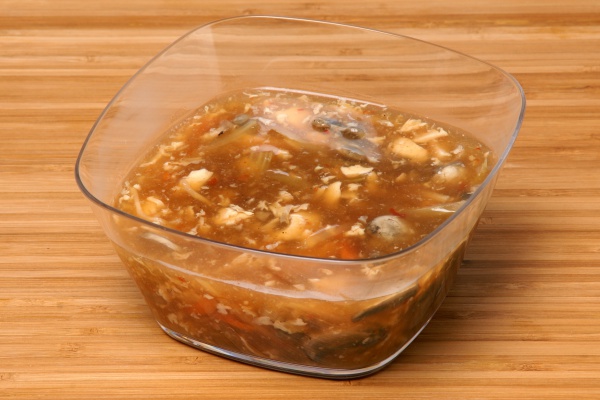Facts About Hot and sour soup
Hot and sour soup is a cherished dish with origins in various Asian culinary traditions. In North America, this soup can be made with chicken or pork broth or even offered as a vegetarian option. Key ingredients in the American Chinese version include bamboo shoots, sesame oil, wood ear fungus, day lily buds, vinegar, egg, cornstarch, and white pepper. The cornstarch provides a thicker consistency, and the dish is often regarded as a healthy choice.
In East Asia, both China and Japan have their unique takes on hot and sour soup. The Chinese version is typically meat-based and features ingredients such as day lily buds, wood ear fungus, bamboo shoots, tofu, and sometimes pork blood. In Japan, ramen noodles are often added, creating a dish known as *sour spicy noodles* (suratan-men).
South Asia also boasts its versions of hot and sour soup, particularly in India and Pakistan. In India, the soup is spiced up with red and green chilies, ginger, carrots, tofu, soy sauce, vinegar, and a touch of sugar. In Pakistan, the recipe typically includes chicken, carrots, cabbage, corn flour, eggs, vinegar, chili, and soy sauce.
In Southeast Asia, countries like Cambodia, Thailand, the Philippines, and Vietnam offer distinctive varieties of sour soups. In Cambodia, dishes such as Samlor Machu Pkogn are popular, while in Vietnam, Canh Chua is a favorite, both featuring a blend of sour and spicy flavors. Thailand is renowned for its Tom Yum and sour curry, and the Philippines offers a range of sour soup dishes made with ingredients like tamarind, mangoes, and guavas.

 Laos
Laos